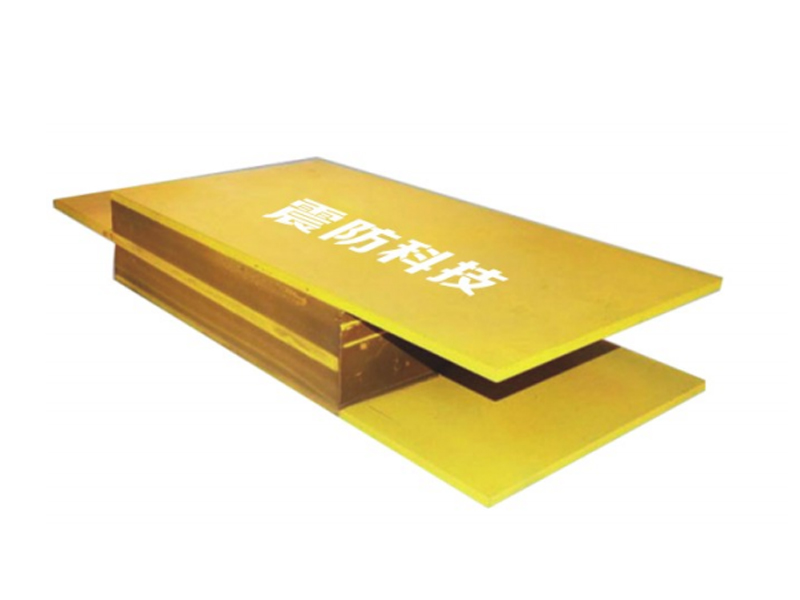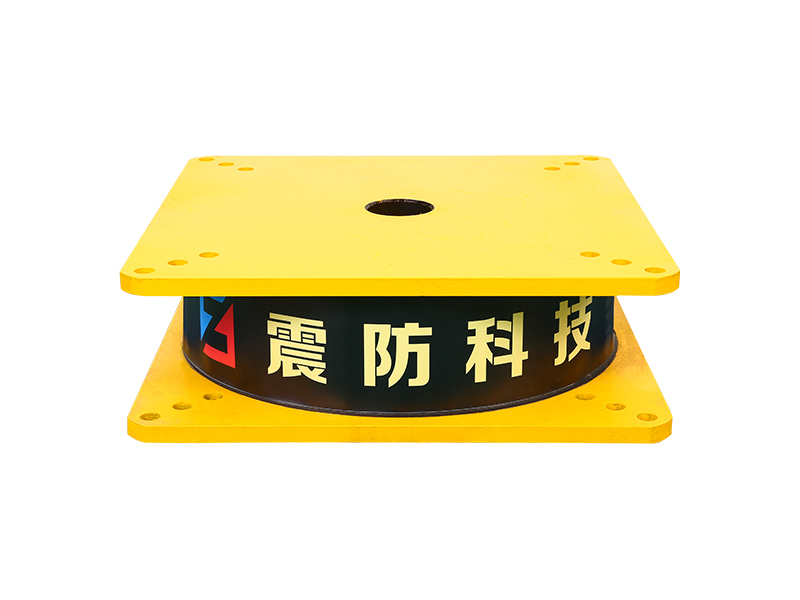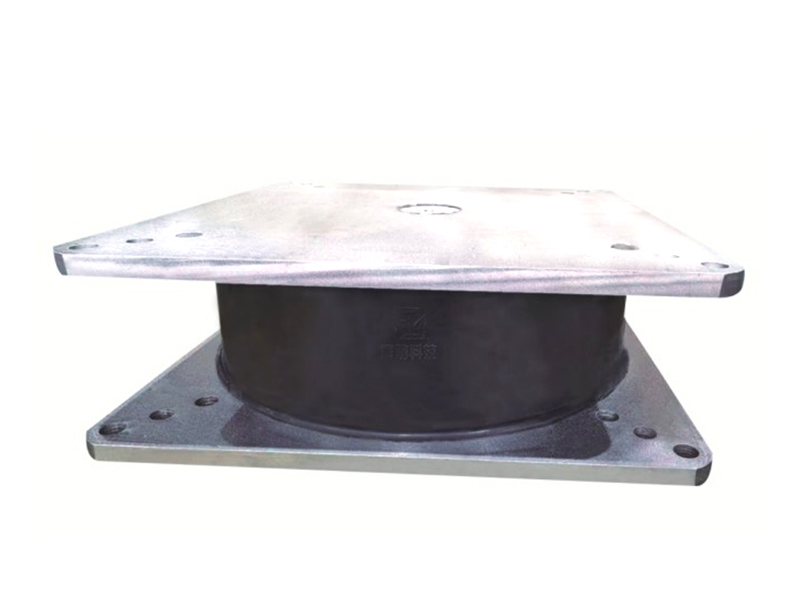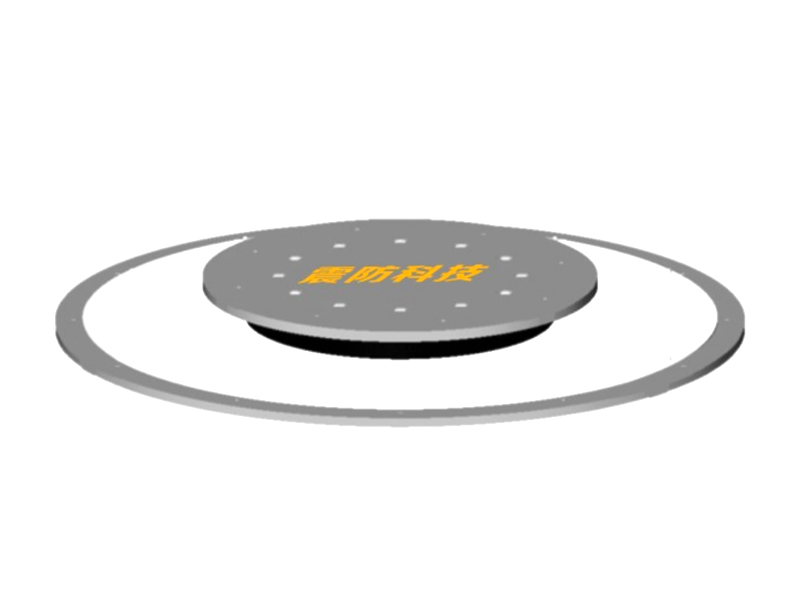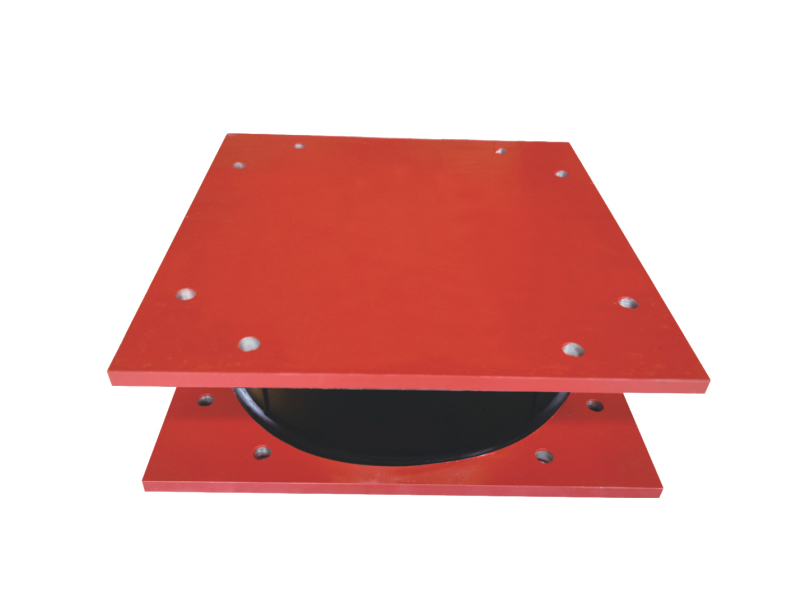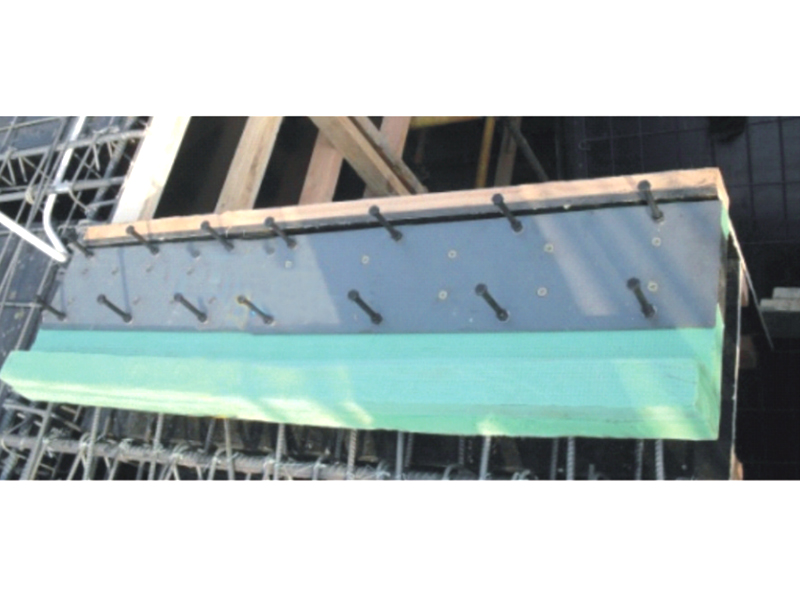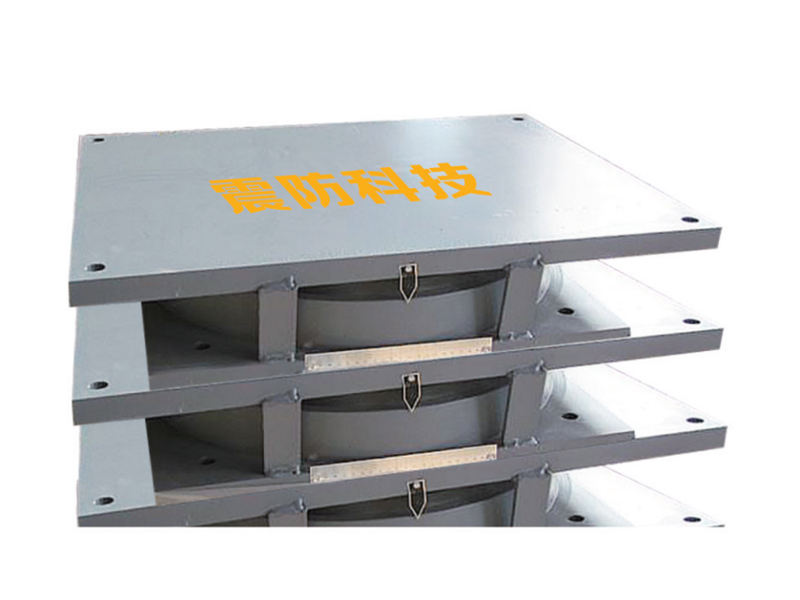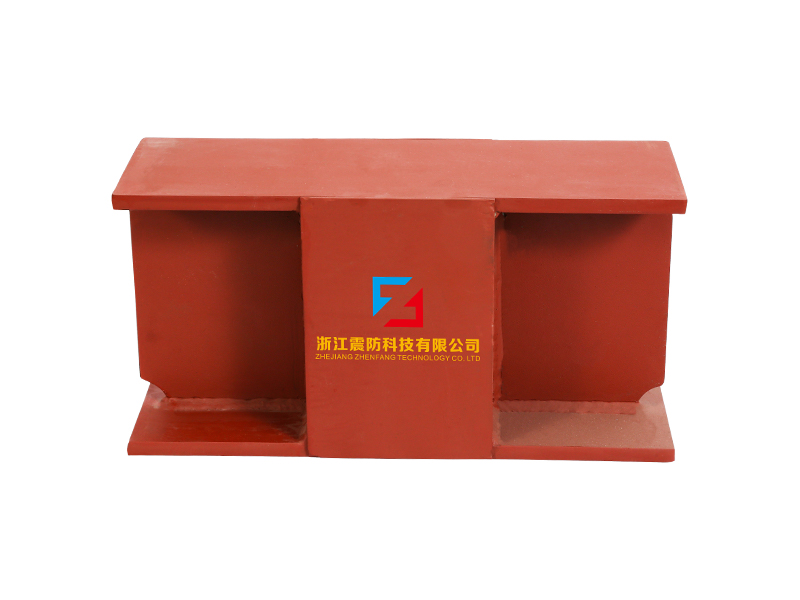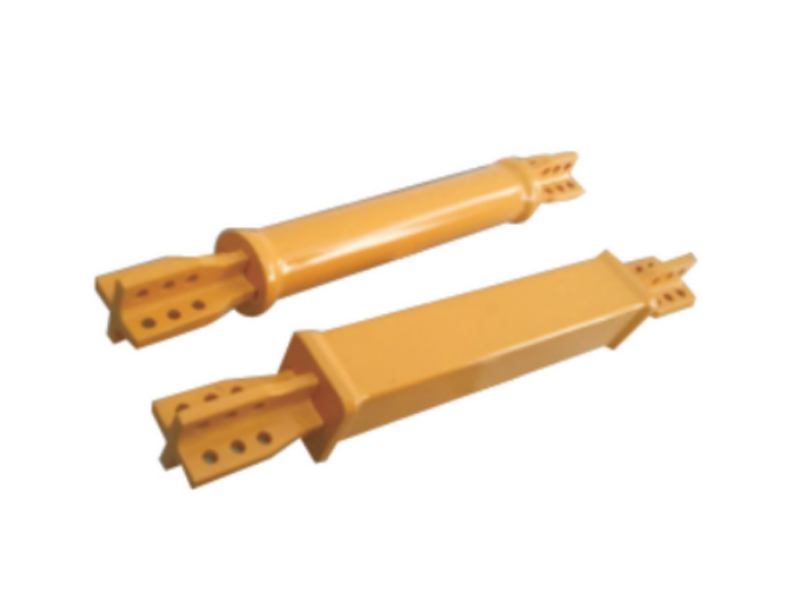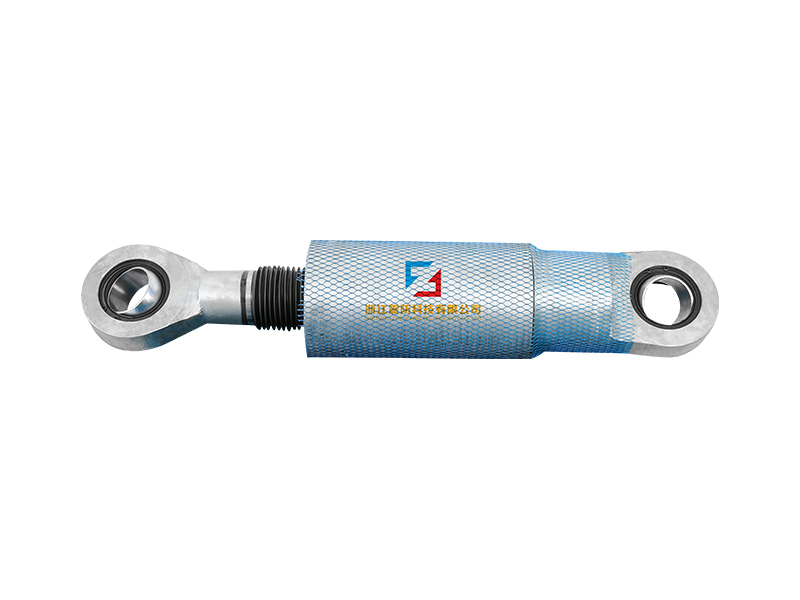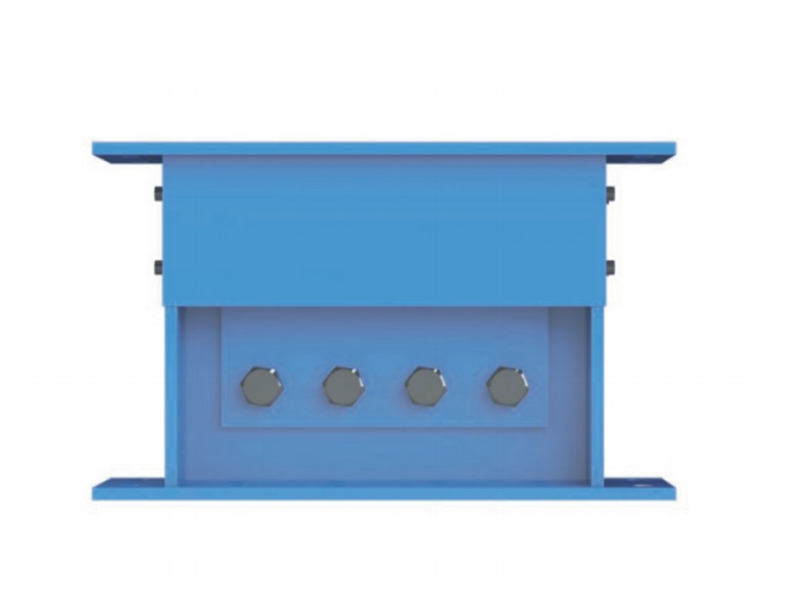Earthquake shock absorbers are designed to absorb the energy from an earthquake and make a building more stable. These new devices are being tested in California and the Bay Area, where they could potentially help protect large buildings from major quakes. These man-made shock absorbers use a thick, sticky material called polyisobutylene. This material could be the future of seismic safety for large buildings.
Viscoelastic dampers
Viscoelastic dampers are used to reduce the damage caused by earthquakes in buildings. The damping properties of these dampers are determined by rigorous testing. These dampers are designed to be durable and reliable. These devices can withstand a variety of quakes and windstorms.
A typical viscoelastic damper is composed of several layers of viscoelastic material that are connected to steel plates. These layers absorb seismic energy and dissipate it as heat. Their performance depends on the temperature inside the building as well as the frequency of seismic loading. Viscoelastic dampers can be integrated into new buildings or retrofitted into existing buildings.
A typical building has internal structural damping of about 1 to 3 percent of its critical value. This level of damping is adequate for optimal building performance. By contrast, dampers used in conventional automobiles generally have a range of 20 to 30 percent. Some experiments with building models have shown that damping of 50 percent or higher can still improve the performance of buildings. However, the increase in damping capacity will reach a certain point of diminishing returns.
Tuned mass dampers
Tuned mass dampers are designed to alter the seismic response of buildings. They can reduce the base shear, roof displacement, and acceleration. These dampers are placed in the ninth and tenth floors of buildings. These dampers can help reduce the base shear and acceleration by up to 80%.
The study shows that one or two tuned mass dampers can significantly reduce the base shear value of buildings. The amount of reduction varies with the number of dampers and the frequency content of earthquake parameters. It was found that dampers with more mass reduced seismic responses more than single mass dampers. It was also discovered that increasing the number of dampers in a building could result in the optimal performance of the structure.
The optimal position of the dampers is found by using a genetic algorithm. The position of the structural nodes in the roof level is also considered in the algorithm. Moreover, the dampers can be placed symmetrically to minimize their overall seismic response.
Diaphragms
Diaphragms are used as earthquake shock absorbers in buildings. In a parametric study, the seismic response of plan asymmetric buildings with flexible diaphragms was studied using simple numerical models. The models included a wide range of diaphragm flexibility and were exposed to a suite of unidirectional earthquake records of varying intensities. The models were then subjected to elastic and inelastic dynamic time-history analyses to determine the mean maximum displacements.
The shear deformation of diaphragms in buildings is related to their flexibility and their asymmetry. The shear deformation of a weak-side diaphragm is much smaller than that of its neighboring strong-side diaphragm. This difference is due to the difference in stiffness of the adjacent LLREs.
Invisibility cloaking
A new type of earthquake shock absorber uses invisible materials to deflect the forces of earthquakes. These materials are called metamaterials. Ideally, they should be smaller than the wavelength of light, which is 1/50th of the thickness of a human hair.
Researchers have been trying to develop new ways of deflecting earthquake energy. One approach is called "seismic invisibility cloaking." Seismic invisibility cloaks consist of 100 concentric plastic or concrete rings, which are buried below a building's foundation. Seismic waves that enter these rings must pass the outer rings, which redirects the force away from the building's foundation.
Another approach is the use of pendulums or vibrating barriers to reduce the amount of energy emitted by an earthquake. These devices are buried near the building's foundation, and they absorb seismic energy by vibrating. These are especially useful for historic buildings, as they can absorb a significant portion of the energy from an earthquake. However, the vibrating barrier has to be calibrated to a specific frequency.
